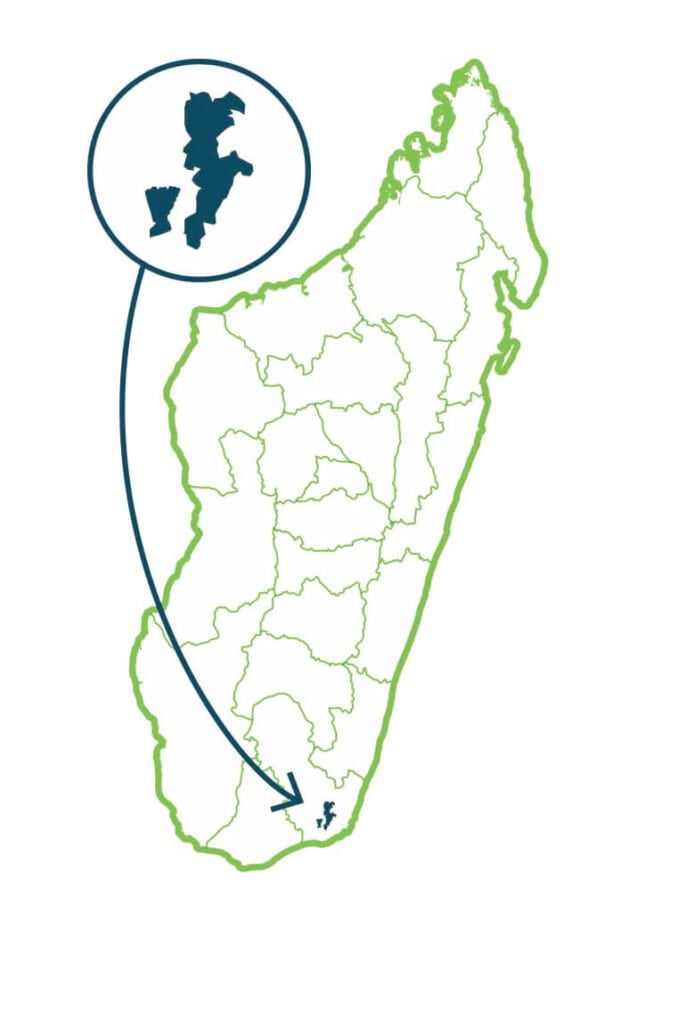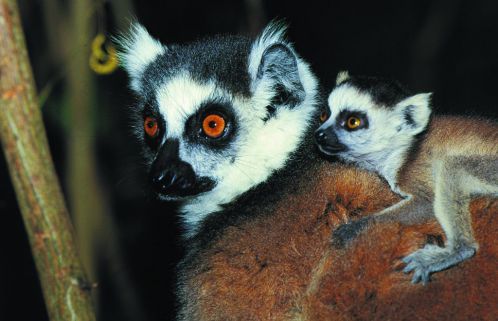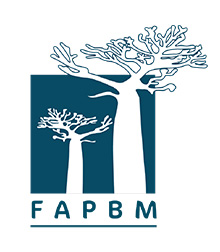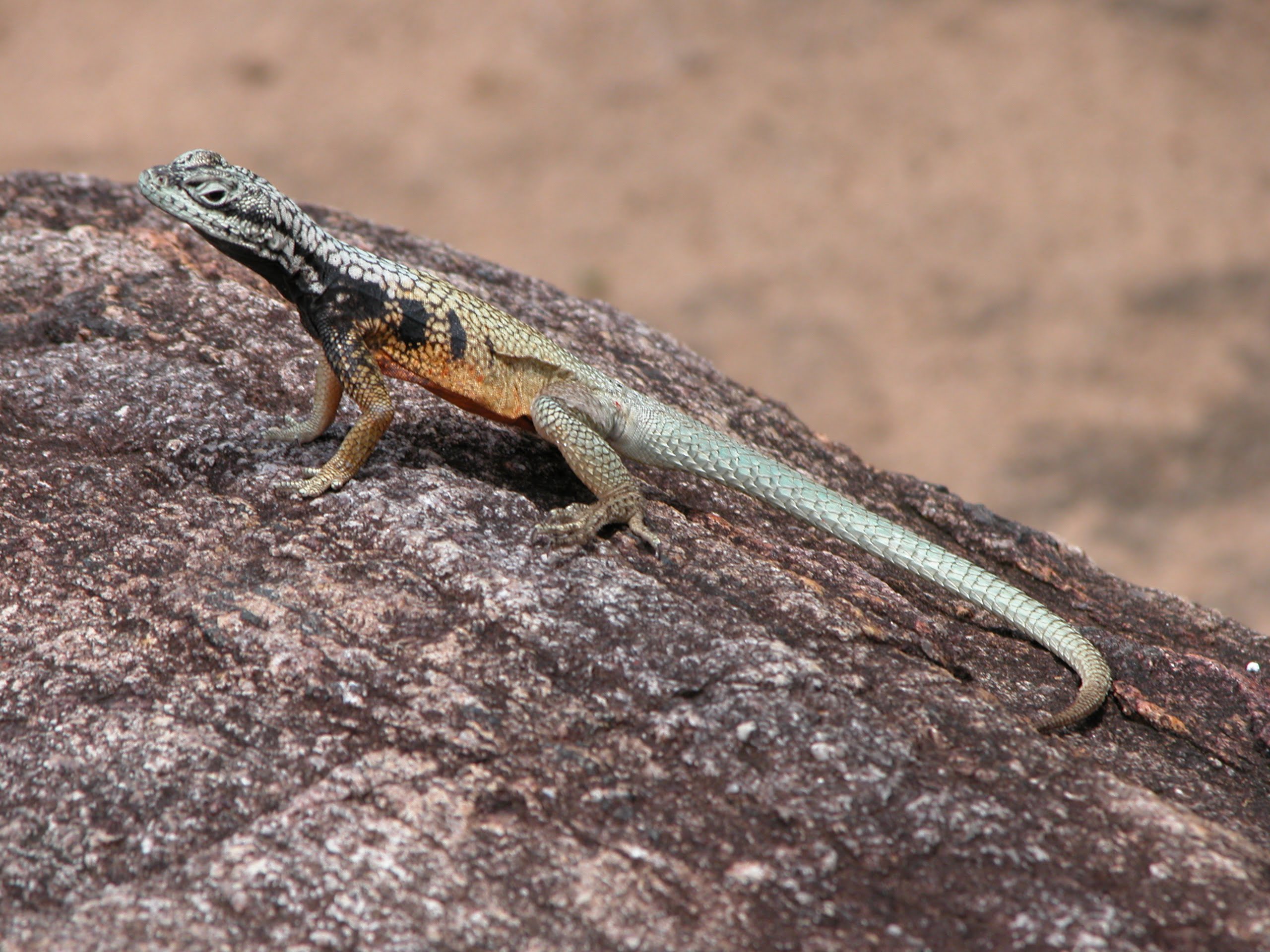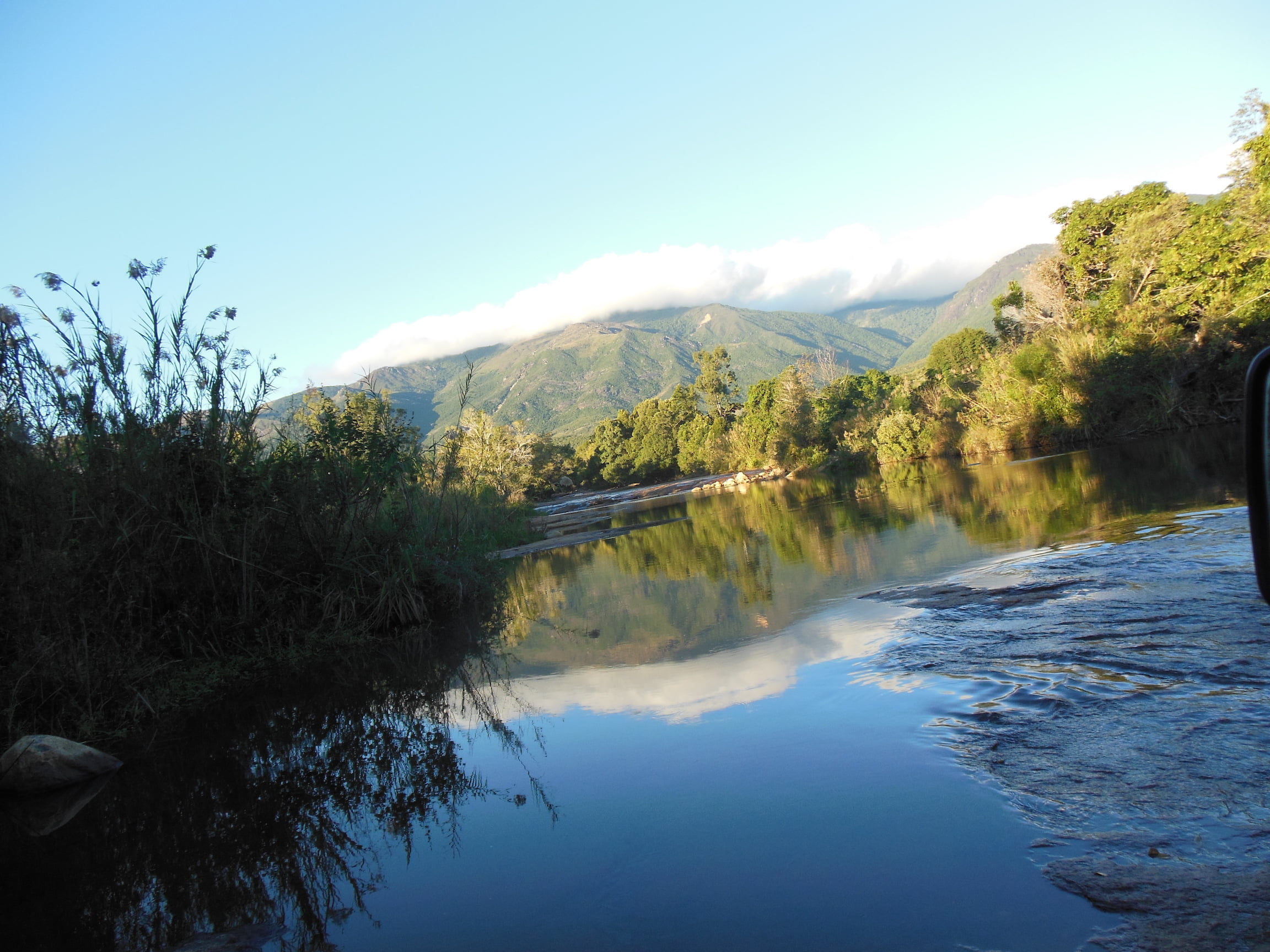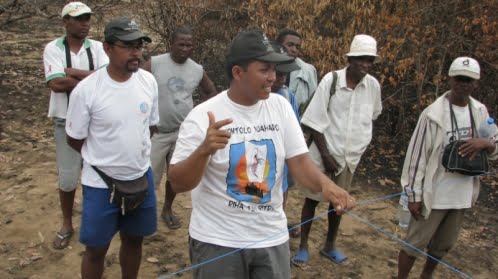Flagship Species
Andohahela National Park is part of the serial World Heritage site of Atsinanana Rainforests. It is one of the richest in flora diversity in the protected areas national network managed by MNP, and above all, one of the most specific due to its geographical location. The Didieraceae formation is dominated by a high xerophilic thicket with very little dry dense forest; 5 of the 11 Didieracea species can be found in the Park.
Andohahela National Park presents several types of habitats which represent the ecoregion central, the high mountain ecoregion, the southern ecoregion and the transition between the last two.
